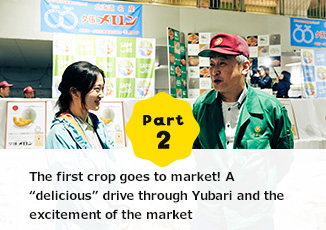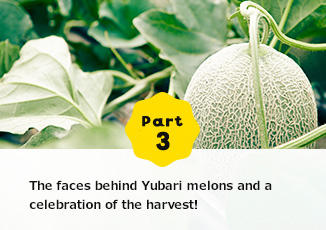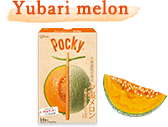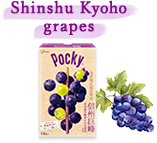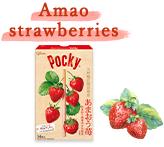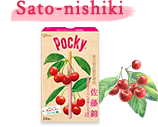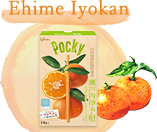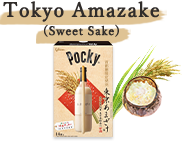A report on the history-making melon auction
and the lovely and delicious things
I found on my drive through Yubari!
In the first installment, we delved into the origins of the Yubari Melon.
This time around, let’s take a trip around town! This includes seeing the first auction of melon crops,
where all eyes are on the amazing prices they fetch, as well as my pursuit of delicious food and fun events in Yubari.
I met many charming locals full of love for their hometown and a serious, hardworking way of life.
Come on! It’s time for the first auction of melons to hit the market.
The date: May 26. This is the first day on which Yubari Melons hit the auction block. Lots of Yubari Melons were all lined up at the Sapporo Central Wholesale Market.
There were a whopping 550 melons, or ten times the number from usual years!
There was an almost staggering quantity of melons all lined up in front of the auctioneer.
Each year, the eye-popping prices that these melons fetch make headlines. What will this year’s result be?

Before the auction, the wholesalers carried in the Yubari Melons from the first pick.
The buyers, that is, wholesalers, congregated here to sample the merchandise!
They all agreed: “This is delicious -- a sure bet.â€
The mayor of Yubari, Naomichi Suzuki, said a greeting to the crowd before the auction started.
Today coincided with the first day of the Ise-Shima Summit.
Mr. Suzuki said, “All eyes are on Yubari with hopes that we can show them how far we’ve come.â€

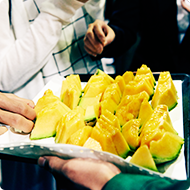
Without further ado, it was off to the auctions!
The auctioneer ascended the podium.
The farmers, wholesalers, and reporters from around the country who had congregated here gave a big round of applause.
Yubari Melons are auctioned off starting with the best quality first.
What this means is that the highest-priced melon also hits the auction block first.
So it was off to the races!
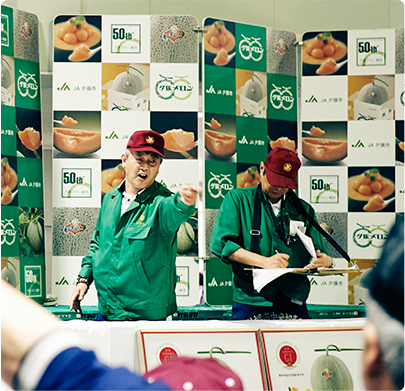
A new first! The highest auction price for a Yubari Melon: 3M JPY!
“1.5 million, do I hear 3 million, 3 million, sold to #46!†And with that, the old record of 2.5M was beaten by another 500,000 JPY, all in an instant.
The hall roared, “Oooh!â€
The other melons briskly sold one after another.
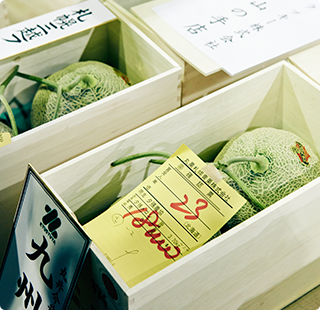
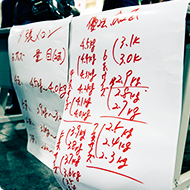
The buyer was a supermarket in Hyogo Prefecture.
They said, “We sell Yubari Melons on our online shop. We bought it as a commemorative token of thanks to the people of Yubari.â€
One melon went on to be sold at an online auction, while the other, amazingly was offered up for free samples in store. Look at the size of this one!
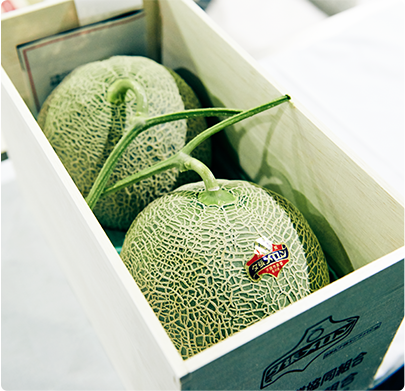
550 melons are all sold off!
We spoke with Mr. Ito about how this year’s auction went.
The auctions continued until all 550 were sold...
This first pick of melons will be brought to market by wholesalers and make their way to department stores, restaurants, and supermarkets throughout Japan.
After the last melon of 550 sold, we caught up with Koichi Ito, an auctioneer.
He is a super-veteran of this field, having auctioned Yubari Melons for twenty-five years with Maruka Sapporo Seika.
What did he think of this year’s auction?
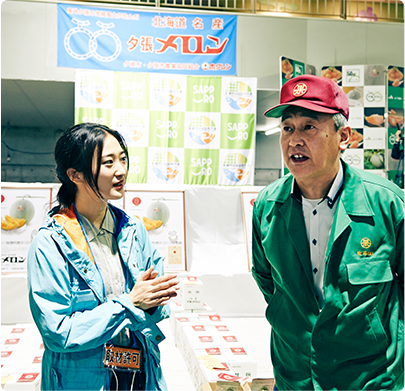
He looked relieved.
“We had 10 times the volume of last year, so I practically lost my voice! I’m glad I could keep going to the end.†He was quite satisfied at the results! His brow was lined with sweat, in spite of being in the chilly Sapporo market.
Auctioneers for Yubari Melons are major players unlike those seen in other markets.
“I consider it an honor to do this work,†he said, aware of the pride and responsibility that comes with the job.â€
Well done, Mr. Ito!
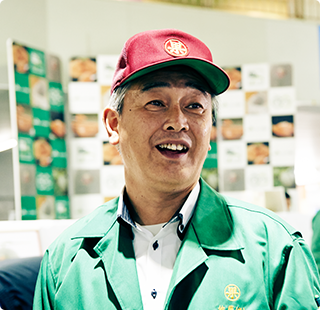
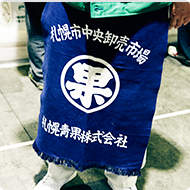
Yubari is about more than just melons!
I found many delicious and relaxing spots to eat in town.
After the auction, I headed back to Yubari.
As it turns out, there are many spots here that are popular among drivers and tourists.
Usagiya is a shop in front of a bus stop in Yubari.
In the early Showa period (1926-1989), the shop opened up and drew acclaim for its cinnamon donuts. Today, its owner, Mr. Sasaki, is the third-generation proprietor.
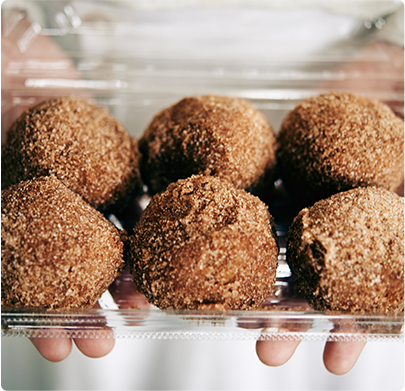
The whole family gets up at around 3:00 AM and begins preparing the donuts, which contain sweet red bean paste and granulated sugar and cinnamon. The cinnamon acts as a natural preservative. The bracing scent of mint and cinnamon make these donuts addictive!
They also especially showed me how the donuts are made. The aromatic donuts make you want to eat just one more...
The shop has been around since the town’s days of coal mining -- close to eighty years. This veteran shop has seen Yubari change throughout the years.
Today they sell for 85 yen (tax included) per donut. To get them when they are fresh, aim for between 8:00 and 9:00 AM.
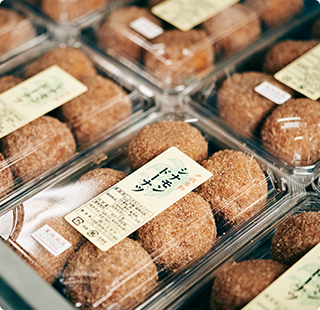
I head north from the city center to reach Akama, a sweets shop.
This shop has also been around since Yubari’s days as a coal town.
Shuichi Akama and his wife run the shop and graciously told me all about the town. Their signature sweet is called the “coal vein!â€
This grilled pastry features butter and contains azuki beans in the shape of coal.
“Up until recently, the mayor, Mr. Suzuki, used to live nextdoor,†they told me.
“He’s really working hard!†They were enthusiastic about Yubari’s young leader.
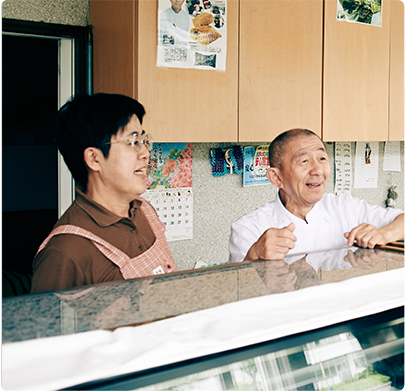
The Yubari Melon Dome, located near JA Yubari, is a direct point of sale for JA.
They offer a range of seasonal products primarily based on Yubari Melon.
In the melon season, large charter buses come loaded with tourists, who buy the melons.
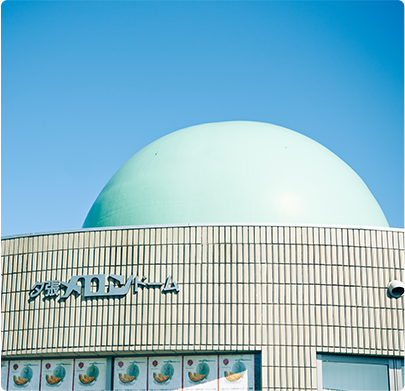
The girls at the counter said, “People trust the JA name, so the shop is popular.â€
I then invited them to try the Yubari Melon Pocky!
They loved it: “Wow, it hits you with the scent of Yubari Melons right away!†This special Pocky contains 25% Yubari Melon juice dipped in chocolate, so it’s really close to a fresh melon.
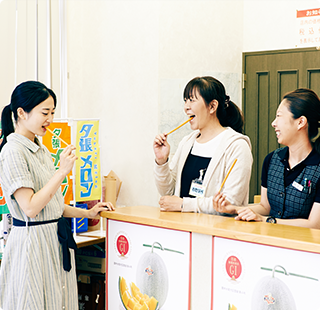
Another can’t-miss spot for melons is Yubari Meroad.
They offer all sorts of local items, from fresh vegetables and produce to sweets and souvenirs.
At Tandora, which sells a sweet by the same name, they also vend soft-serve ice cream!
Soft-serve ice cream always varies from shop to shop, so it’s fun to taste the difference.

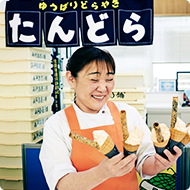
Early summer in Yubari is still a bit chilly.
Plus, I ate some ice cream... time to warm up in a bath!
A great place to relax and unwind in Yubari is the Racey no Yu, a natural hot springs at Hotel Mount Racey.
Hotel Mount Racey is adjacent to the ski grounds closest to New Chitose Airport, making it super convenient access-wise. If you want to ski to your heart’s content, this is the best place to go.
Racey no Yu is also open to day use, if you don’t intend to spend the night.
I decided to go ahead and take a bath.

The clerk at Racey no Yu turned out to be the same age as me.
She was born in Yubari and continues to work here.
She was full of local love for her hometown: “The best part about Yubari is the nature. Its quiet and gentle, yet you can see beautiful, vast scenery.â€
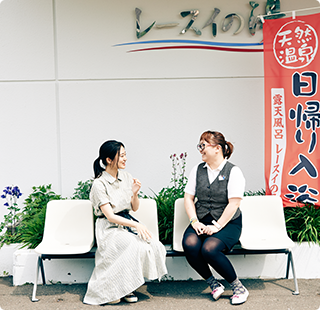

Ascending a hill, I found the Yubari Forest Youth Hostel, enshrouded in lovely natural surroundings.
South of the city center and up a small hill is a lovely lob cabin!
This is a youth hostel with charming, clean rooms in which to relax.
The grounds are a staggering 17 hectares in size. The Morimotos, the owners, also manage some lovely gardens and houses along with their daughter and her husband, who operate youth hostels.
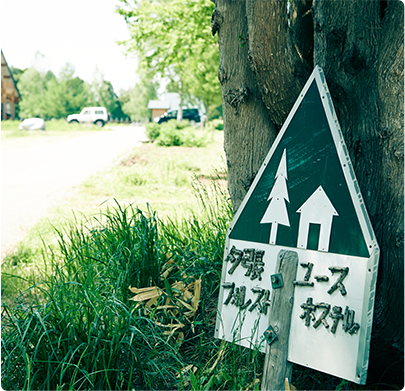
The large fields are where Yubari Melon, strawberries, and asparagus are grown.
Almost no pesticides are used, and natural compost is used as fertilizer!
Shizuka, the daughter, gave me a tour, and introduced me to the Morimotos, who were tending the fields.
I offered the duo some Yubari Melon Pocky to try.
“Now this is tasty!†They were both all smiles.

The hostel is surrounded by hinoki and white birch trees and its interior resembles a luxury lodge or hotel. Beautiful!
The beds are spacious enough to make them perfect for everyone from solo travelers to families! Plus, the youth hostel lets you enjoy meals featuring fruits and vegetables picked fresh on the farm.
The meals are truly fresh and luxurious -- the perfect way to conclude a voyage.
The cafeteria is normally used by guests as a place to congregate. Today, they let me use the space to spread out all of the Yubari snacks I had bought and take a look at them. Enjoying a break with a cup of delicious coffee.

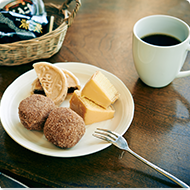
After a fun drive full of tasty snacks, we encountered the local passion of Yubari residents.
Ascending the stairs leads through the guest room and out onto a terrace.
The view here is simply outstanding!
What a wonderful family, so committed to life in nature, they were! “In summer, you can see the greenery on Mount Yubari - it feels great,†they said.
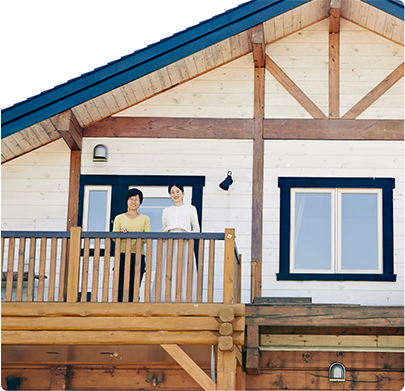
Everyone I spoke to in Yubari prefaced their comments by saying, “Well, there isn’t much here, but...†But their love for their hometown was vast, and they knew some truly amazing destinations.
The people of Yubari are down-to-earth, affable folks through and through.
It has been ten years since Yubari announced its bankruptcy.
The way people have remained committed to living here and working their way out of that bankruptcy really moved me and gave me newfound energy.
I definitely want to come back again for a leisurely trip.
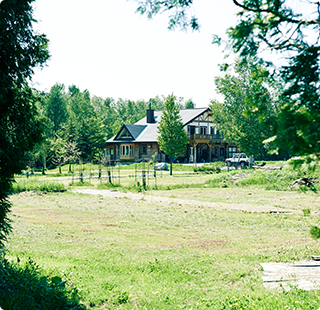

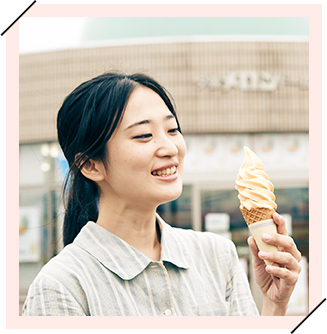
This was my first summer in Hokkaido.
I tried so many tasty foods and saw so many beautiful sights!
I had a sense before coming that this would be a fantastic local journey, since the people here are so passionate about growing melons -- I knew that the other crops and snacks here would also be up to the same standard, and I was right.
The quiet, beautiful, and easily accessible Yubari really soothed my soul.













